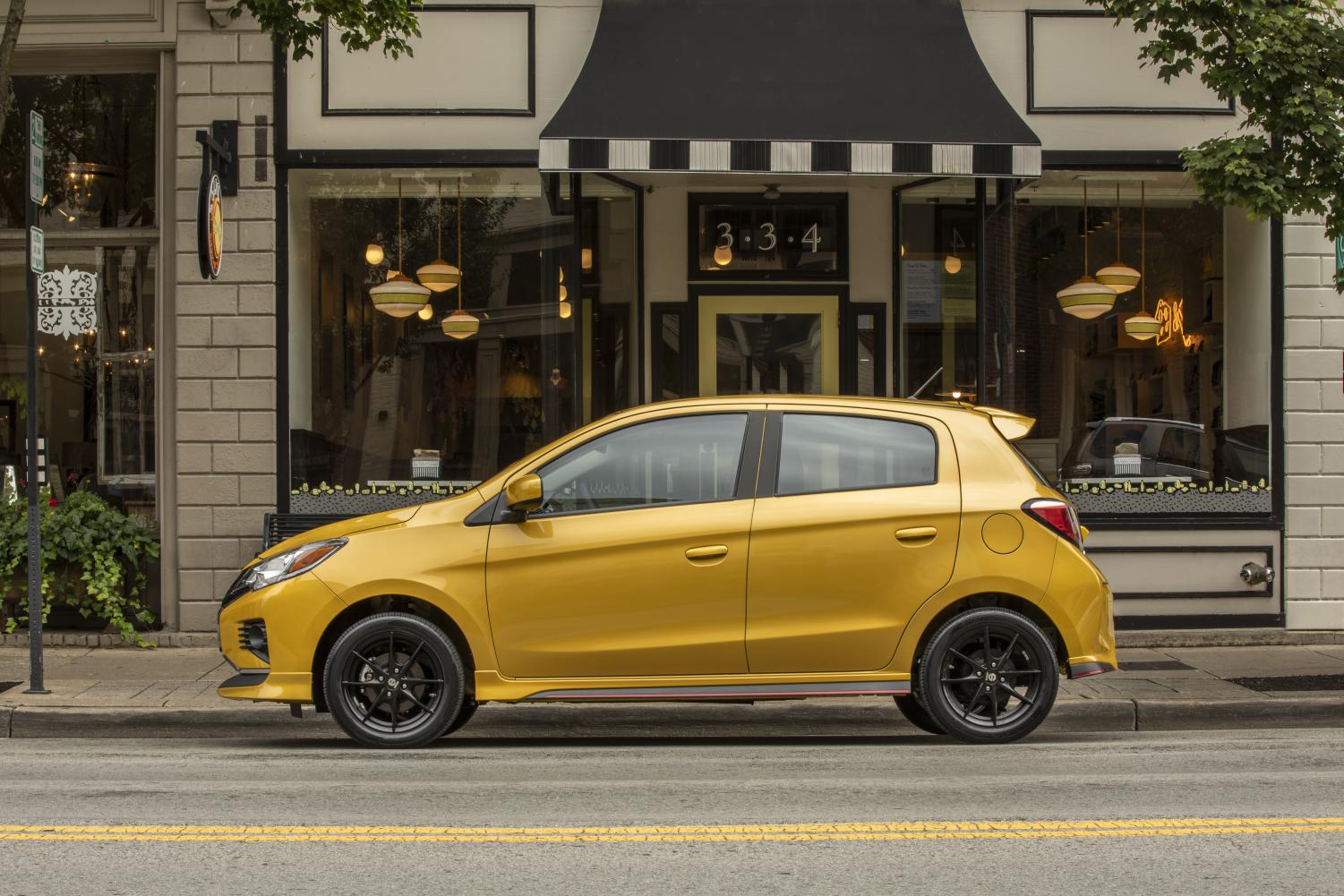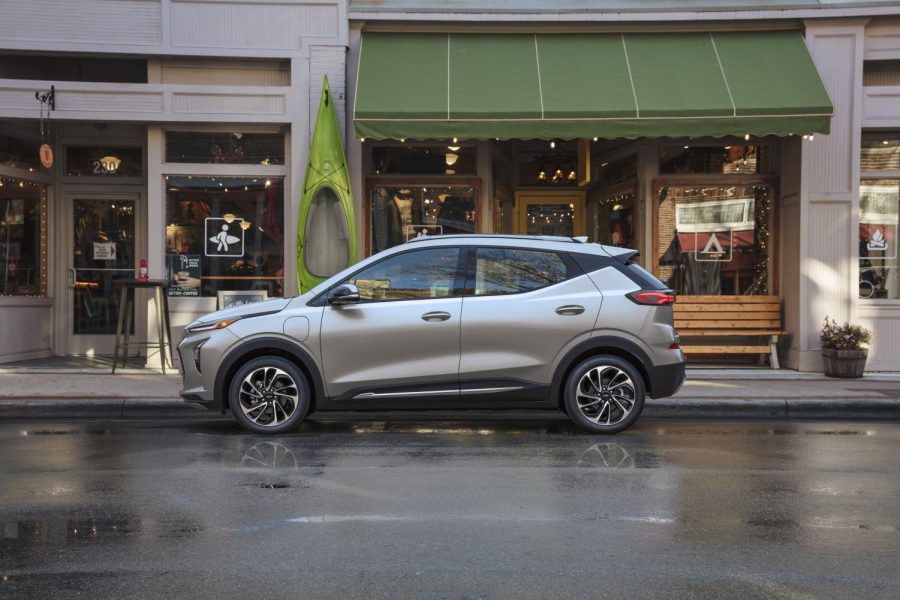Is Sustainability Feasible?
March 22, 2023
In the past few years there has been a push for sustainable consumer practices. More products are coming out that claim to be environmentally friendly, but these products come at a high price. Is it reasonable to expect people of all socioeconomic situations to adapt sustainability in their purchases?
The reality is that many people in this country are struggling to support themselves and their households. The median household income in the United States is $70, 784, and 12.8% of Americans are living below the poverty line, which is defined as less than $27,479 anually for a four person household. (Census Data published 2021 & UC Davis)

With the high price of sustainable products and practices, it is completely unrealistic for many to adapt these environmentally friendly lifestyles. Additionally, the cost of living is difficult to provide for many and it is unrealistic to expect those already struggling to take an expensive step for the planet.
For example, the 2022 Cheverolet Bolt EV is one of the cheapest electric cars available, priced at $26,500. A comparable car, the 2023 Mitsubishi Mirage G4 is priced at
$14, 645. Looking at the price differences, it is clear that non-electric and therefore non sustainable cars are the only practical option for many.
Although purchasing an electric car is a long term investment and purchasing a non electric car requires continuous gas refilling, paying a high upfront price is not possible for many. Millions of people in this nation are living paycheck to paycheck and cannot afford to pay a large sum upfront.
Another choice for sustainability is clothing. Fast fashion clothing, such as a $8.73 Walmart Tee is considerably cheaper than buying sustainable clothing. In contrast, a tee from the sustainable clothing company Kotn is priced at $40. Very few people can honestly say that they would choose the more expensive product.
For families, toys are a common and frequent purpose. But, many toys at cheaper prices are made in large factories abroad that utilize unethical practices, emit harmful chemicals and use non-sustainable materials. For example, a stuffed bear can be found at walmart for $16.99, while a similarly sized and sustainably made stuffed bear from the Bears for Humanity costs $40.
Eco-conscious purchasing practices are more expensive because these producs are more difficult and more expensive to produce. The majority of unsustainable products are made with low production costs and are able to be sold at lower prices.
If sustainable consumer purchases are the goal, this goal cannot be achieved in these current socioeconomic conditions and with such high prices for environmentally friendly products. As of now, it is unclear how to fix this problem but a change must be made for the sake of the planet.





